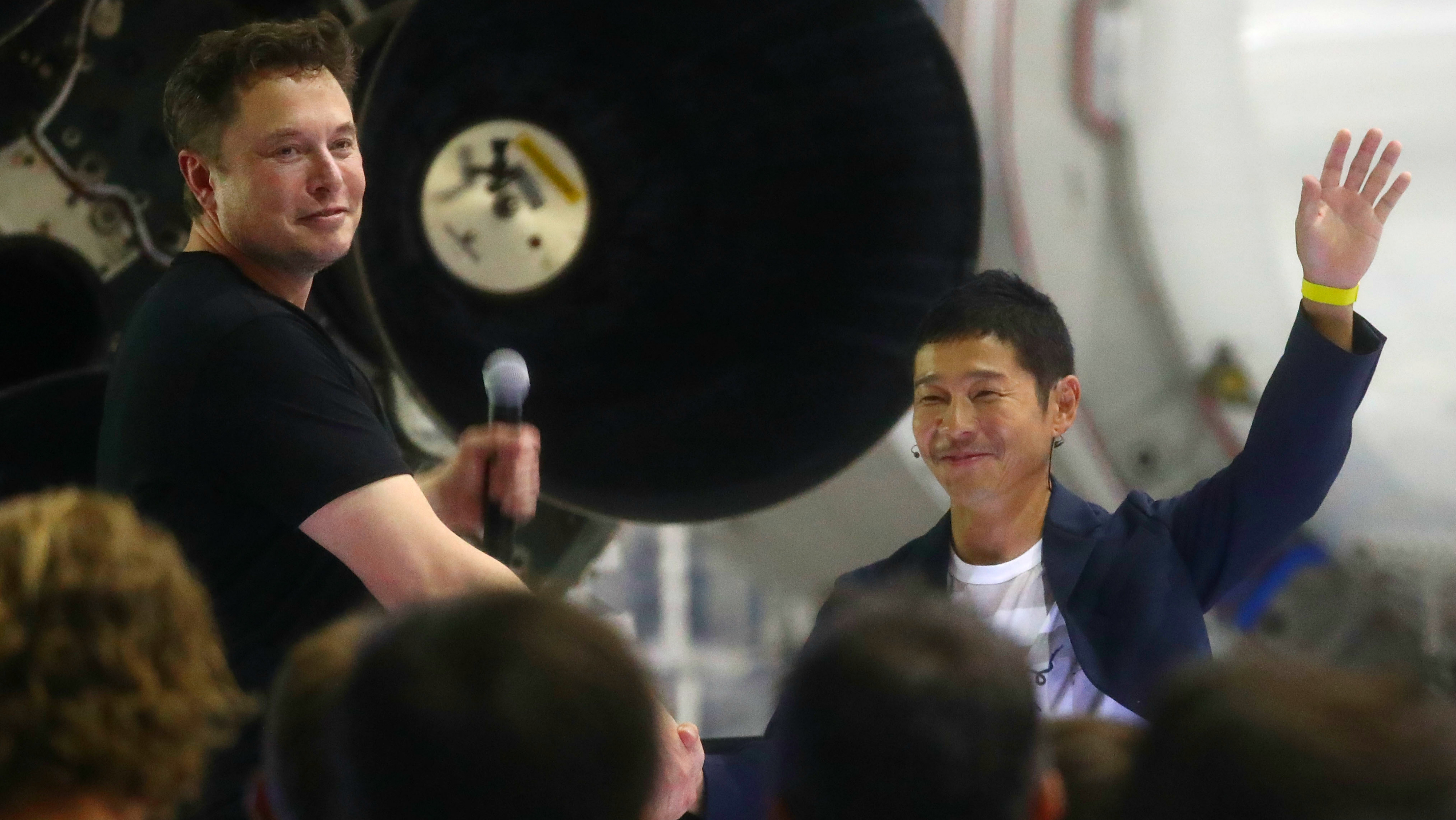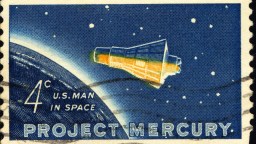space tourism
The billionaire is also inviting eight artists along with him. It would be the first time a civilian crew has participated in a mission to the moon.
Sending a tiny spaceship to the nearest habitable planet at 20% of the speed of light? No problem, says theoretical physicist Michio Kaku.
▸
2 min
—
with

